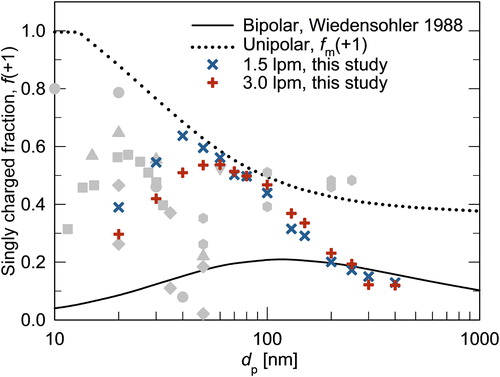Figures & data
Figure 1. The singly charged fraction of particles as a function of particle size and Nit product (the product of ion concentration and particle residence time in the charging zone of a charger) in a unipolar charger. Dots in the figure represent the maximum singly charged fraction of particles of a certain size at the optimal Nit product.
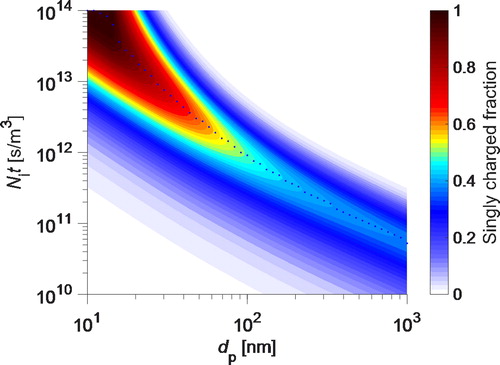
Figure 2. The comparison of the maximum singly charged fraction of particles obtained in the modeling, singly positively-charged fractions in bipolar charging (Wiedensohler Citation1988), and singly charged fraction of monodisperse particles in unipolar charging reported in previous studies.

Figure 4. Schematic diagram of the experimental setup for measuring the concentration of singly charged particles.
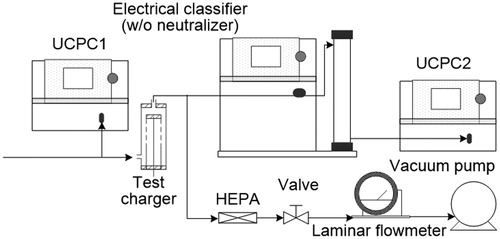
Figure 5. Effect of corona current and ion-driving voltage on the relative concentration of singly charged particles in the size of 60 nm (a) and 200 nm (b). The charger was operated at the flow rate of 1.5 lpm.
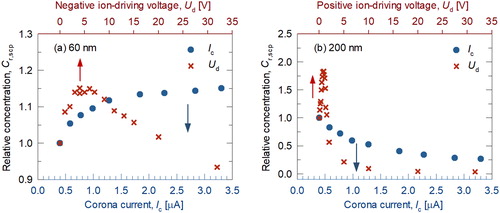
Figure 6. Optimal ion-driving voltage and voltage range obtained in the experiment as a function of particle size when the charger was operated at the flow rates of 1.5 lpm (a) and 3.0 lpm (b).
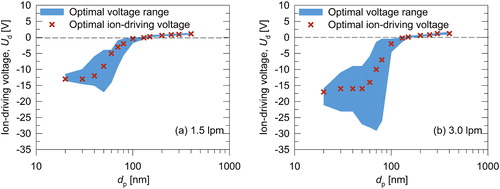
Figure 7. Maximum singly charged fraction of particles as a function of particle size at the flow rates of 1.5 lpm and 3.0 lpm.
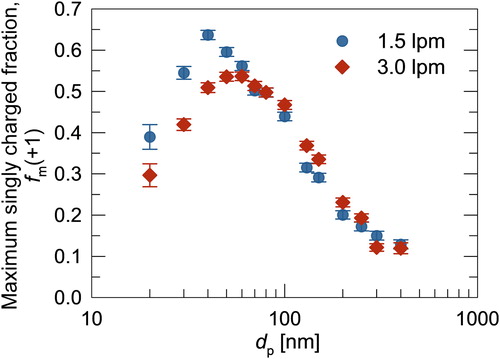
Figure 8. Comparison of the maximum singly charged fraction of particles achieved in the experiment and modeling with singly charged fractions achieved by bipolar charging (Wiedensohler Citation1988) and reported in the previous studies. Gray symbols are measured singly charged fractions via unipolar charging in previous studies (see for details).
